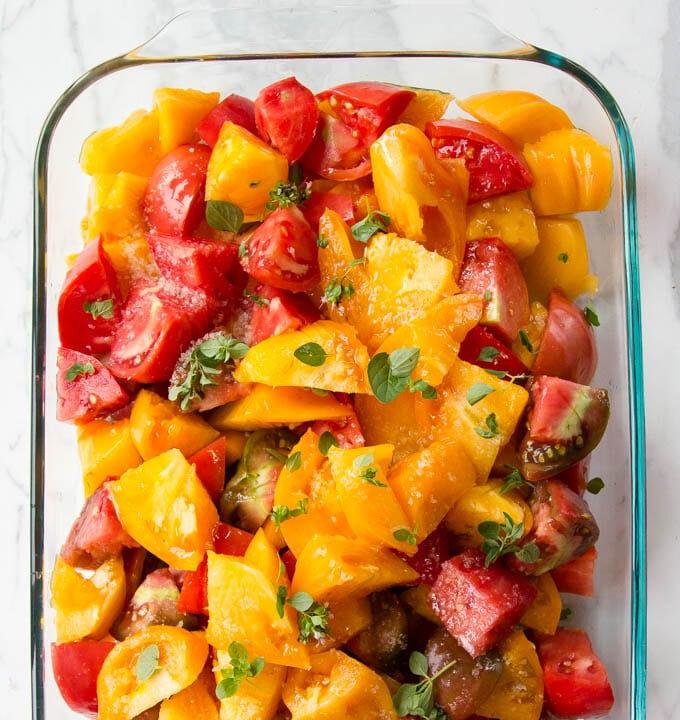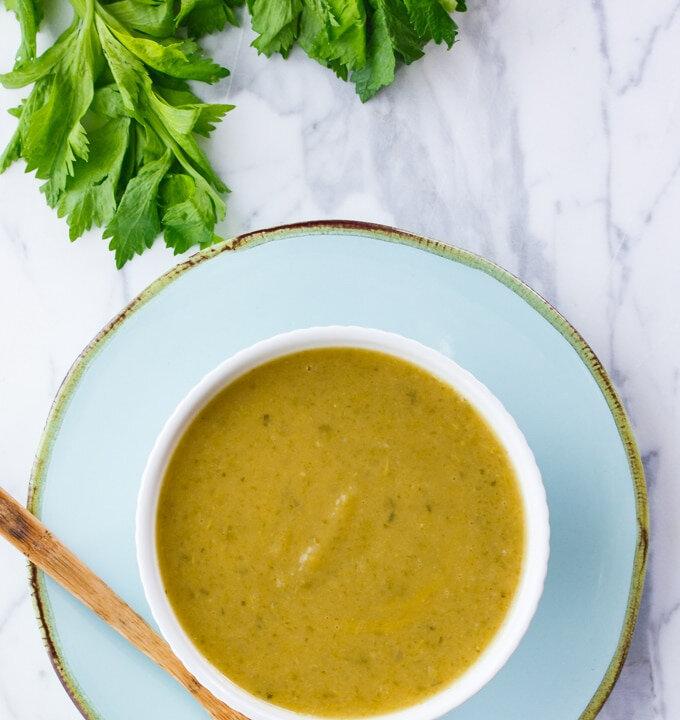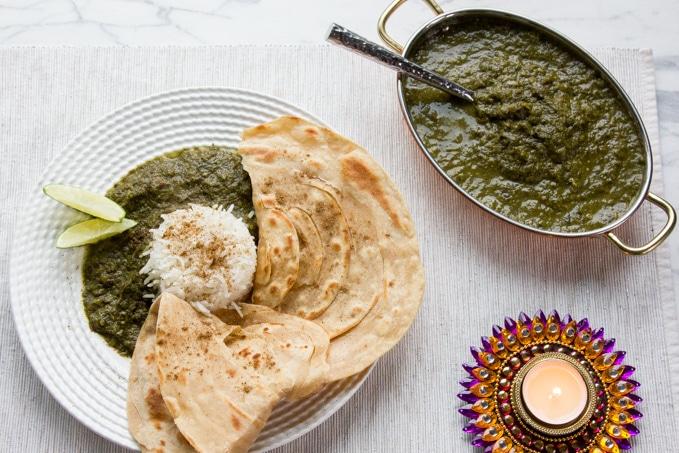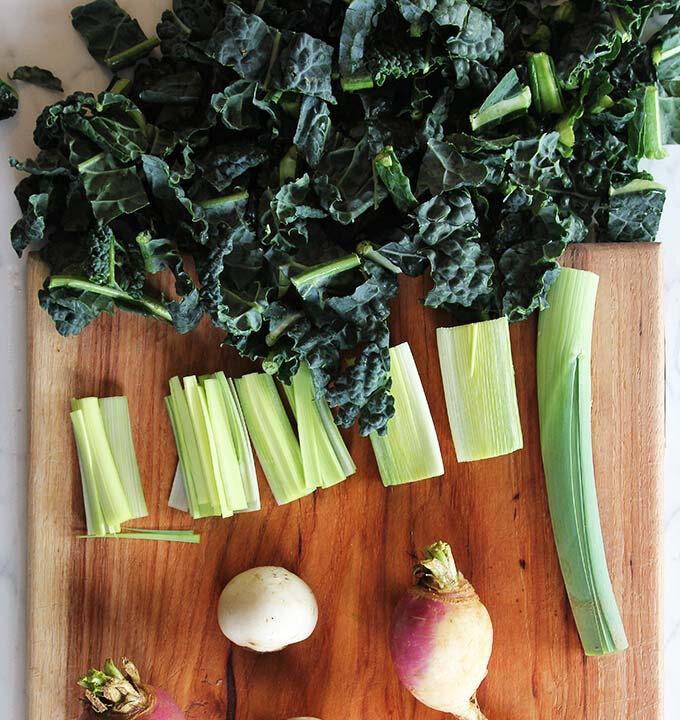Traditional ratatouille is a stewed vegetable dish made with zucchini, eggplant, tomatoes, bell peppers, onions, and garlic, with plenty of extra virgin olive oil, fresh herbs, and red wine.
Roasting the tomatoes and eggplant is a traditional cooking technique that I combine with the somewhat less traditional stewing of the remainder of the vegetables. This way you get the best of the traditional, and your meal is ready in an hour.






